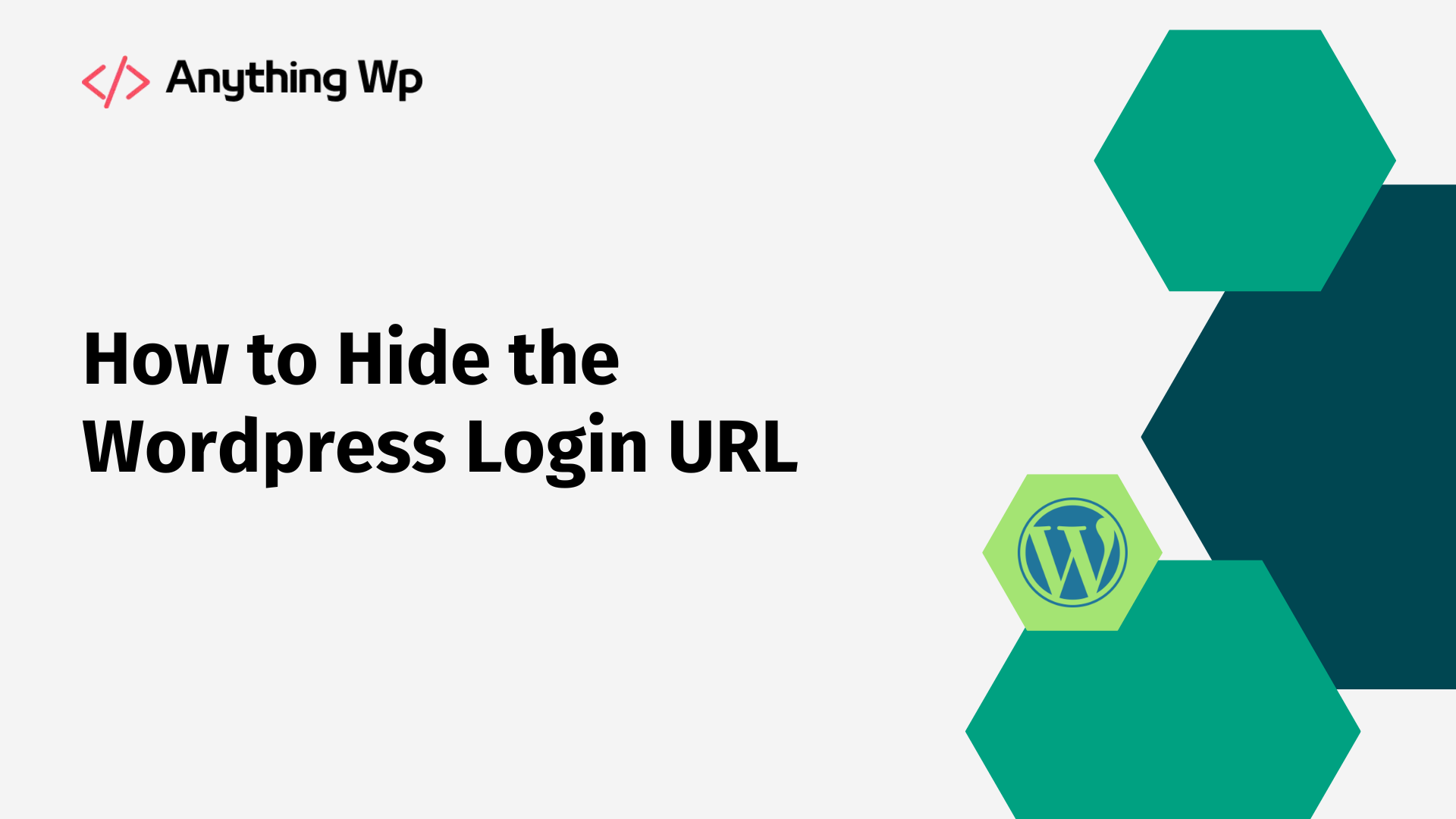WordPress is undoubtedly one of the most popular and widely used content management systems (CMS) in the world. With its user-friendly interface and extensive plugin ecosystem, WordPress has made website creation and management accessible to millions of users. However, its popularity also makes it a prime target for hackers and malicious actors. One of the most effective ways to protect your WordPress site is by hiding the login URL. In this blog post, we will explore various methods to conceal the login page of your WordPress website, enhancing its security and reducing the risk of unauthorized access.
Why Hide the Login URL?
By default, WordPress uses a predictable login URL, typically www.yourwebsite.com/wp-login.php or www.yourwebsite.com/wp-admin/. Since hackers are well aware of this default login path, they can easily launch brute-force attacks or exploit vulnerabilities to gain unauthorized access to your website. By hiding the login URL, you make it harder for hackers to find the login page and significantly reduce the chances of a successful attack.
Method 1: Changing the Default Login URL Manually:
The simplest method to hide the login URL is by manually changing the default paths using the following steps:
1. Access your website’s files through FTP or the file manager in your hosting control panel.
2. Locate the .htaccess file in the root directory of your WordPress installation.
3. Open the .htaccess file and add the following lines of code:
<IfModule mod_rewrite.c> RewriteEngine On RewriteRule ^my-login$ wp-login.php [L] </IfModule>
4. Save the changes and upload the modified .htaccess file back to the server.
After completing these steps, your new login URL will be www.yourwebsite.com/my-login instead of the default wp-login.php.
Method 2: Using a Plugin:
If you prefer a more user-friendly approach or lack technical expertise, you can utilize a WordPress plugin to hide the login URL. There are several plugins available that simplify the process, such as WPS Hide Login, iThemes Security, or All In One WP Security & Firewall. Here’s a general overview of using a plugin:
1. Log in to your WordPress admin dashboard.
2. Navigate to the “Plugins” section and click on “Add New.”
3. Search for the desired plugin (e.g., WPS Hide Login).
4. Install and activate the plugin.
5. Once activated, locate the plugin’s settings page (usually found in the “Settings” or “Security” menu).
6. Follow the provided instructions to configure the plugin and customize your new login URL.
Method 3: Implementing Custom Code:
For those comfortable with coding, implementing custom code offers another viable option. This method involves utilizing WordPress hooks and filters to modify the default login URL. Here’s a basic example:
1. Access your theme’s functions.php file via FTP or the WordPress editor.
2. Add the following code snippet to the functions.php file:
function custom_login_url() {
return home_url( '/my-login' );
}
add_filter( 'login_url', 'custom_login_url' );
3. Save the changes to the functions.php file.
Now, your WordPress login URL will be www.yourwebsite.com/my-login.
Conclusion:
Securing your WordPress website is of utmost importance in today’s digital landscape. By hiding the login URL, you add an additional layer of protection against potential attackers. Whether you choose to manually change the default login path, use a plugin, or implement custom code, any of these methods will make it significantly harder for hackers to locate and exploit your login page. Remember to regularly update your WordPress installation, themes, and plugins, and use strong, unique




